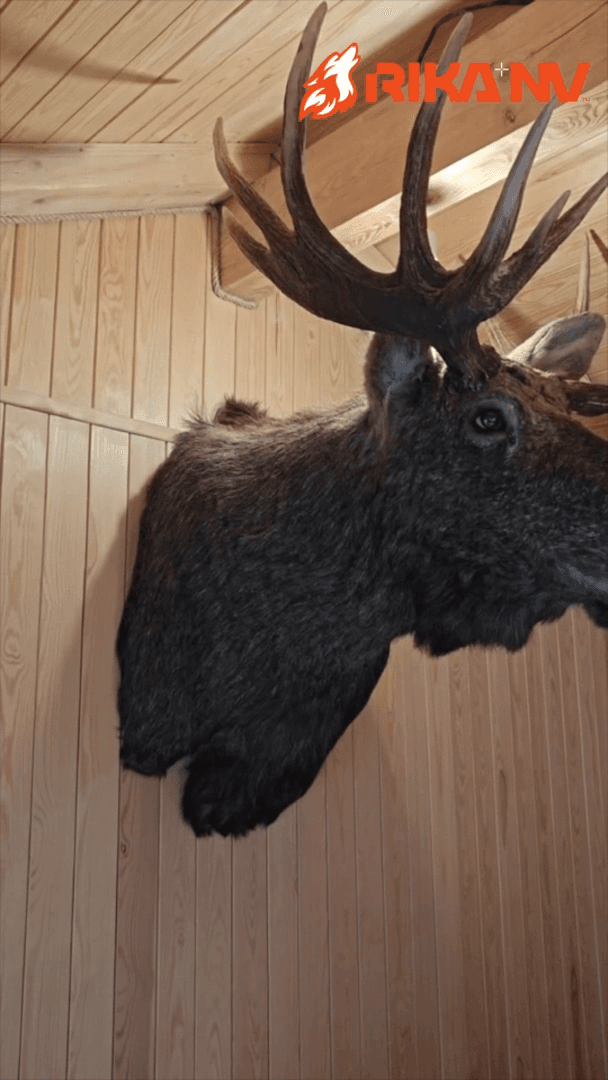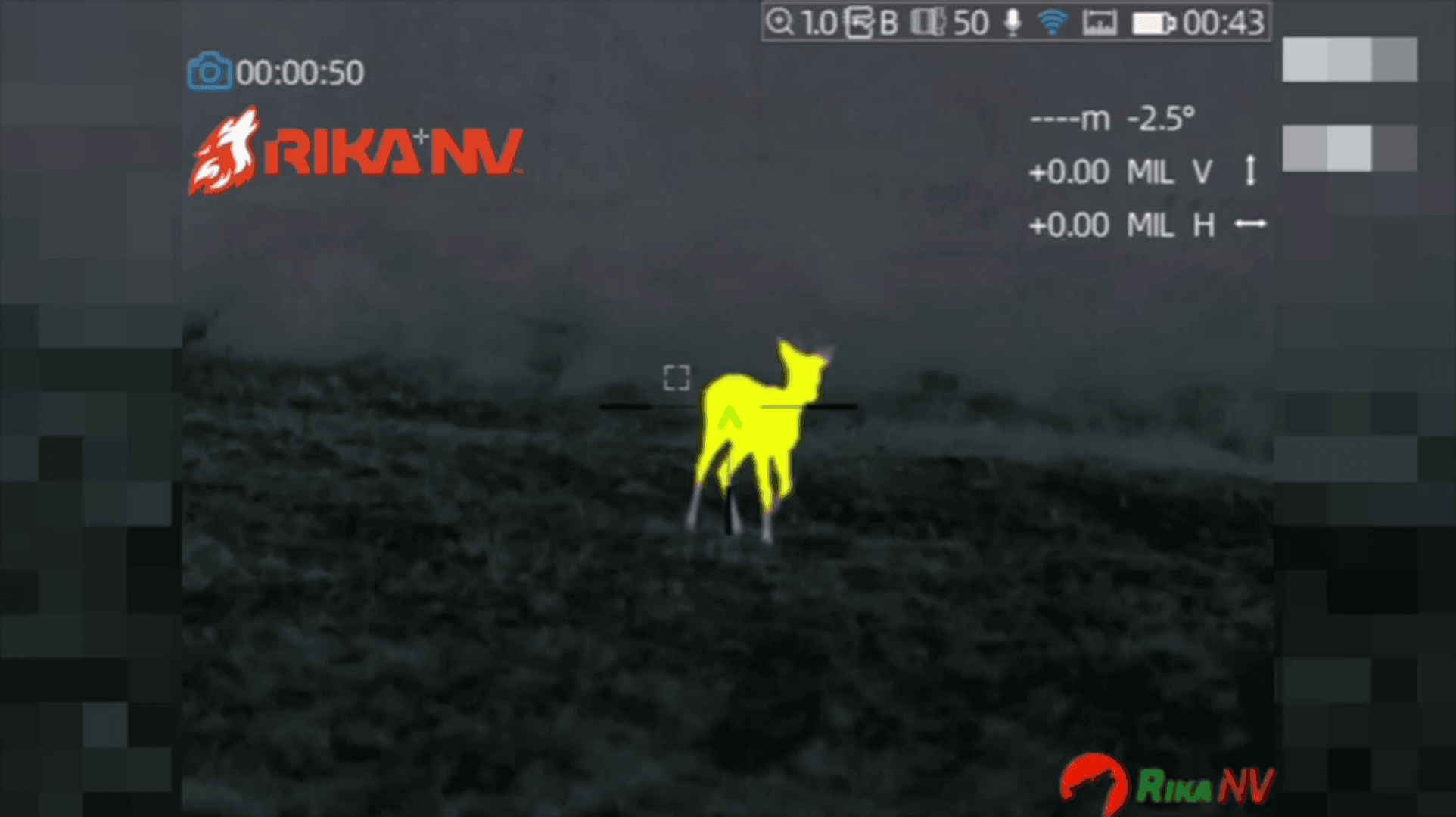
Hunting in Lindi Region, Tanzania: Laws and Legislation, Demographics and Geography, Hunting Seasons in Tanzania Geographical Features in Tanzania and Lindi Area Lindi Region, located in southeastern Tanzania, encompasses diverse landscapes, including coastal plains, miombo woodlands, and riverine ecosystems. The region's varied topography and habitats support a rich biodiversity, offering hunters a unique environment to pursue various game species. Demographics and Cultural Aspects of Lindi Region While specific data on the number of hunters in Lindi Region is not readily available, Tanzania's hunting industry is well-regulated, with numerous hunting concessions and licensed outfitters operating across the country. Lindi's remote and less-developed areas may attract hunters seeking unique and challenging experiences. Hunting Practices and Traditions in Lindi Region Hunting in Tanzania, including Lindi Region, is conducted under strict regulations to ensure sustainability and eth
Post: 10 July 14:03














































